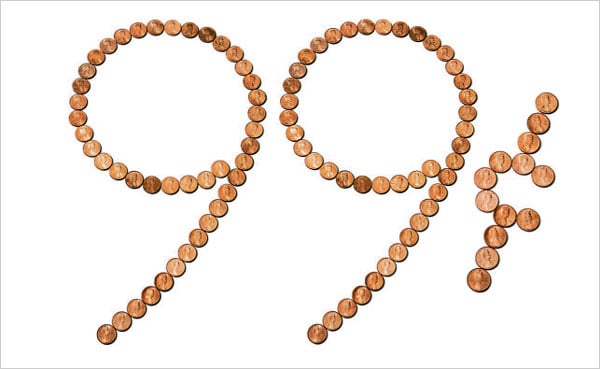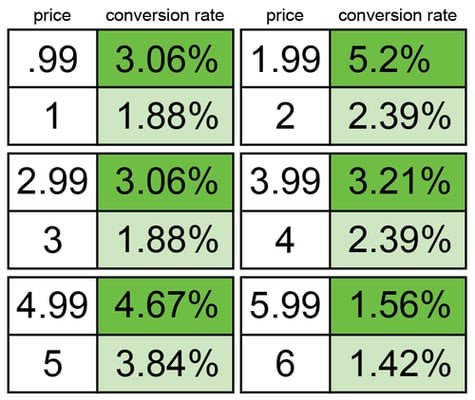
See why top ecommerce brands use Miva’s no-code platform to run
multiple stores, manage massive catalogs, and grow their revenue.
As hard as we try not to let 99 cents affect our purchasing habits, it still continues to influence our perception of price. Although we know that a shirt is $30, the $29.99 price tag leads our mind to believe that we are getting the best deal. The question is: Does this 99-cents factor still apply to online businesses?
First of all, let’s explore the magic behind the 9, and then, we’ll see how it applies to businesses online. Before sales tax, retailers would actually use $9.99 instead of $10 in order to prevent un-trustworthy employees from pocketing the cash. It was thought that the clerk would have to ring up the sale on the register to obtain the 1-cent in change, thus preventing theft. Whether that was or was not why it started, the reason it has continued is due to psychological reasons.
There are several advantages of psychological pricing, as found by Neil Kokmuller of Demand Media. Kokmuller found that the primary advantage to psychological pricing is that it contributes to increased purchase order volume when applied effectively.
When you price a product at $9.99, rather than $10, several things happen in customers’ minds:
The folks over at Gumroad did a study to see how the 1-cent difference affected conversion rates. It turned out that across the board, conversion rates were higher if the price was simply 1-cent cheaper. In one case, the conversion rates actually doubled!

Source: Gumroad
Online retailers should also take into consideration what Gumroad calls the “Fancy Factor.” What this means is that rounded, even numbers can generate a sense of high-value about the product. High-end restaurants tend to use this selling technique to create an elegant atmosphere. So, how you price your products depends on whether you are trying to suggest a high quality or a low-cost product.
William Poundstone, author of Priceless, found that on average, using the 99-cent tactic actually increases sales by 24%, in comparison to the “rounded up” price point.
MIT and the University of Chicago studied a standard women’s clothing item, which was tested at different price points: $34, $39, and $44. According to the research, the item sold best at $39.
It turns out that taking a price down $1 or $.01 really does do the trick to increase conversion rates, even online.
Back to topNo worries, download the PDF version now and enjoy your reading later...
Download PDF Miva
Miva
Miva offers a flexible and adaptable ecommerce platform that evolves with businesses and allows them to drive sales, maximize average order value, cut overhead costs, and increase revenue. Miva has been helping businesses realize their ecommerce potential for over 20 years and empowering retail, wholesale, and direct-to-consumer sellers across all industries to transform their business through ecommerce.
Visit Website